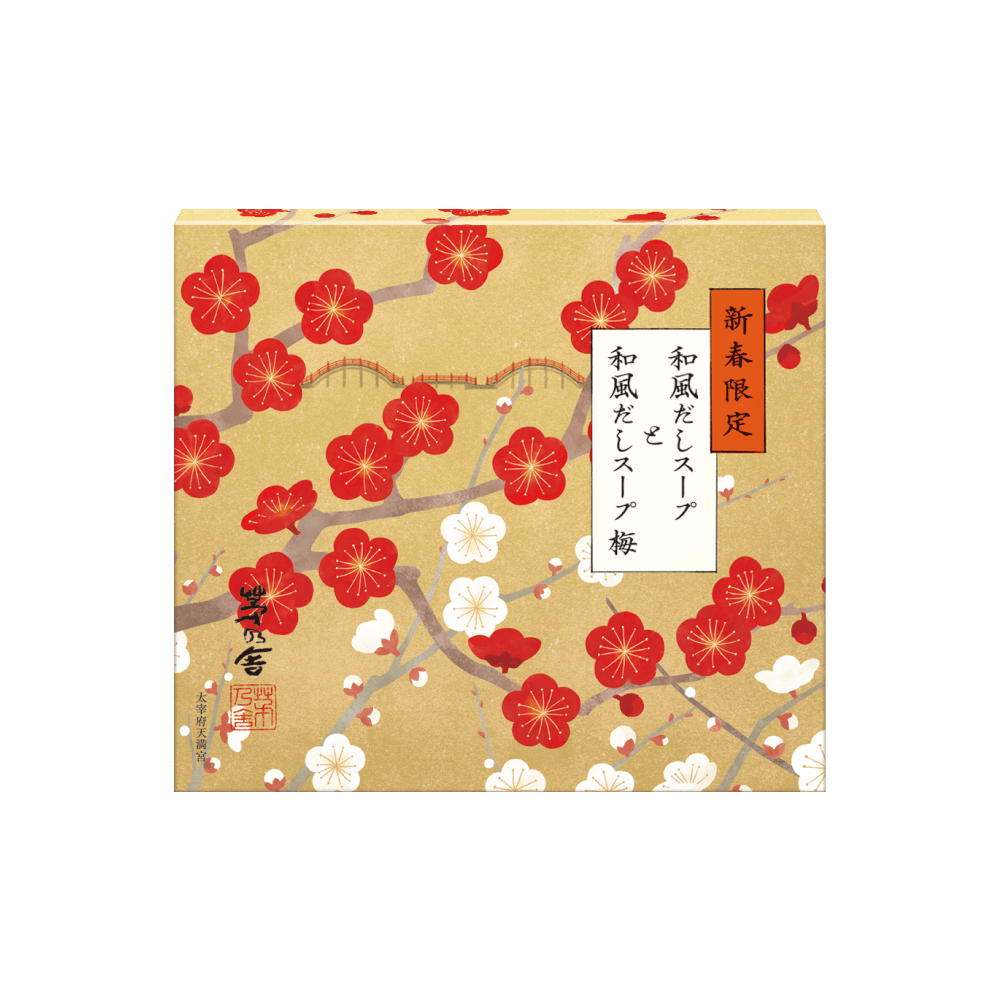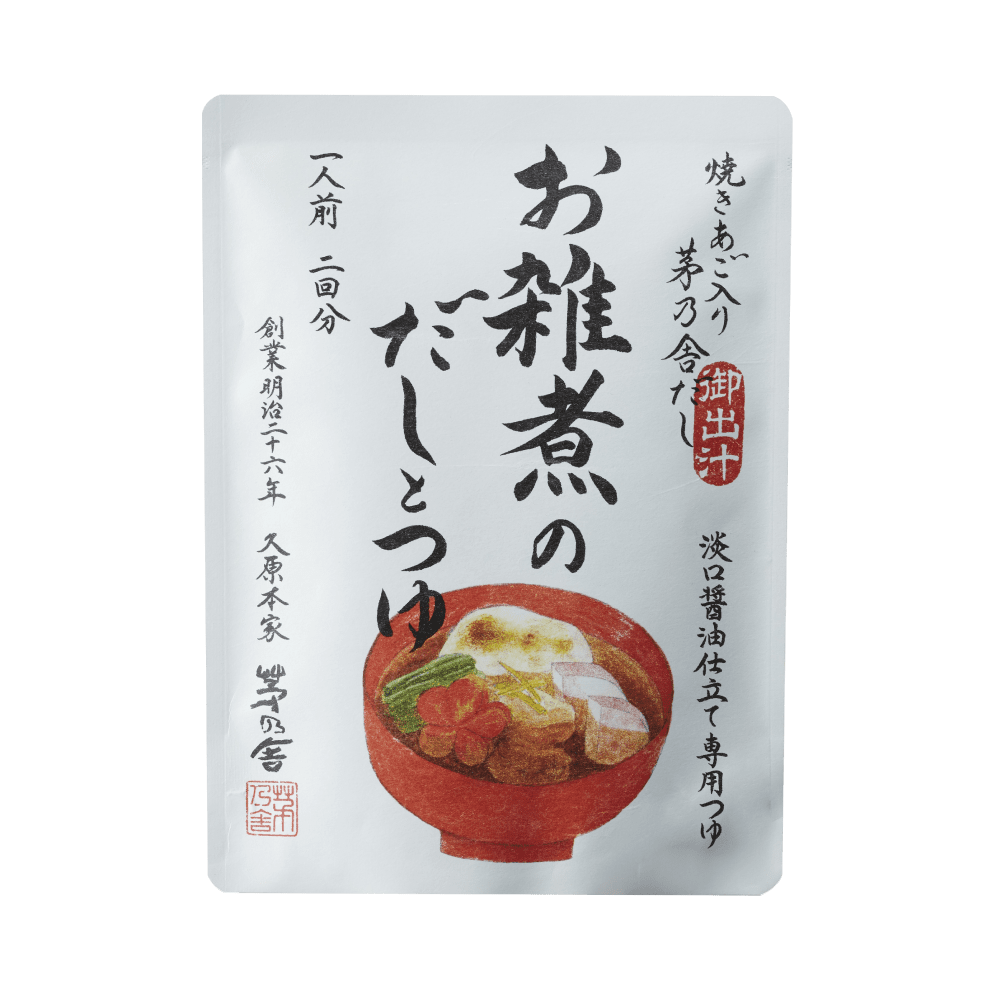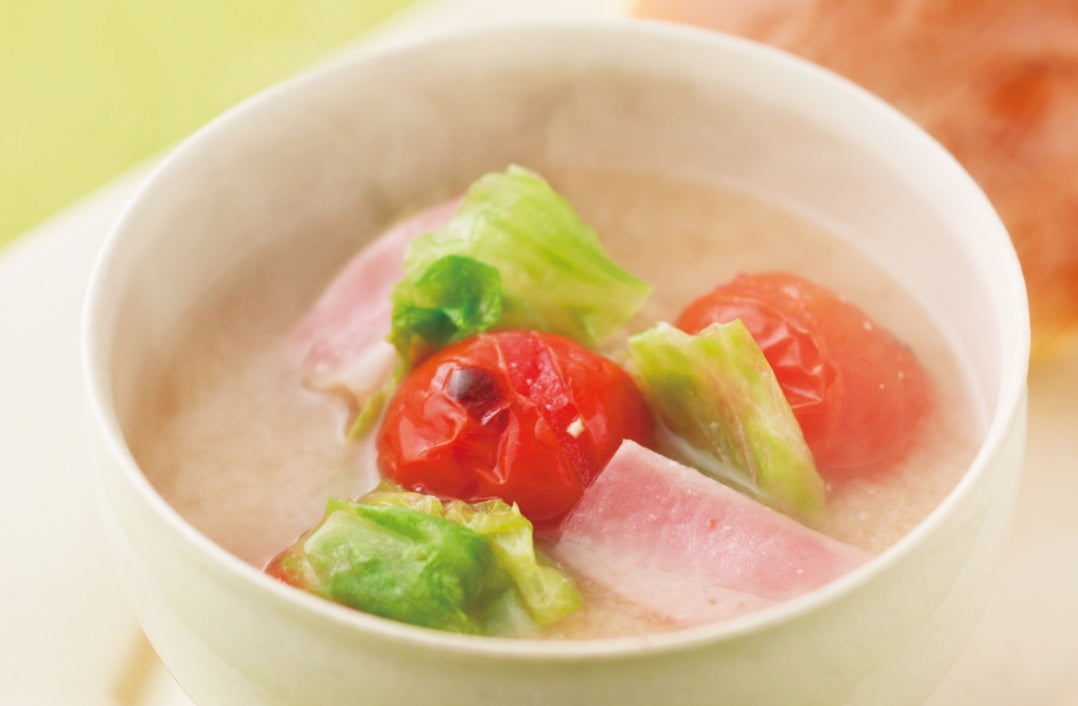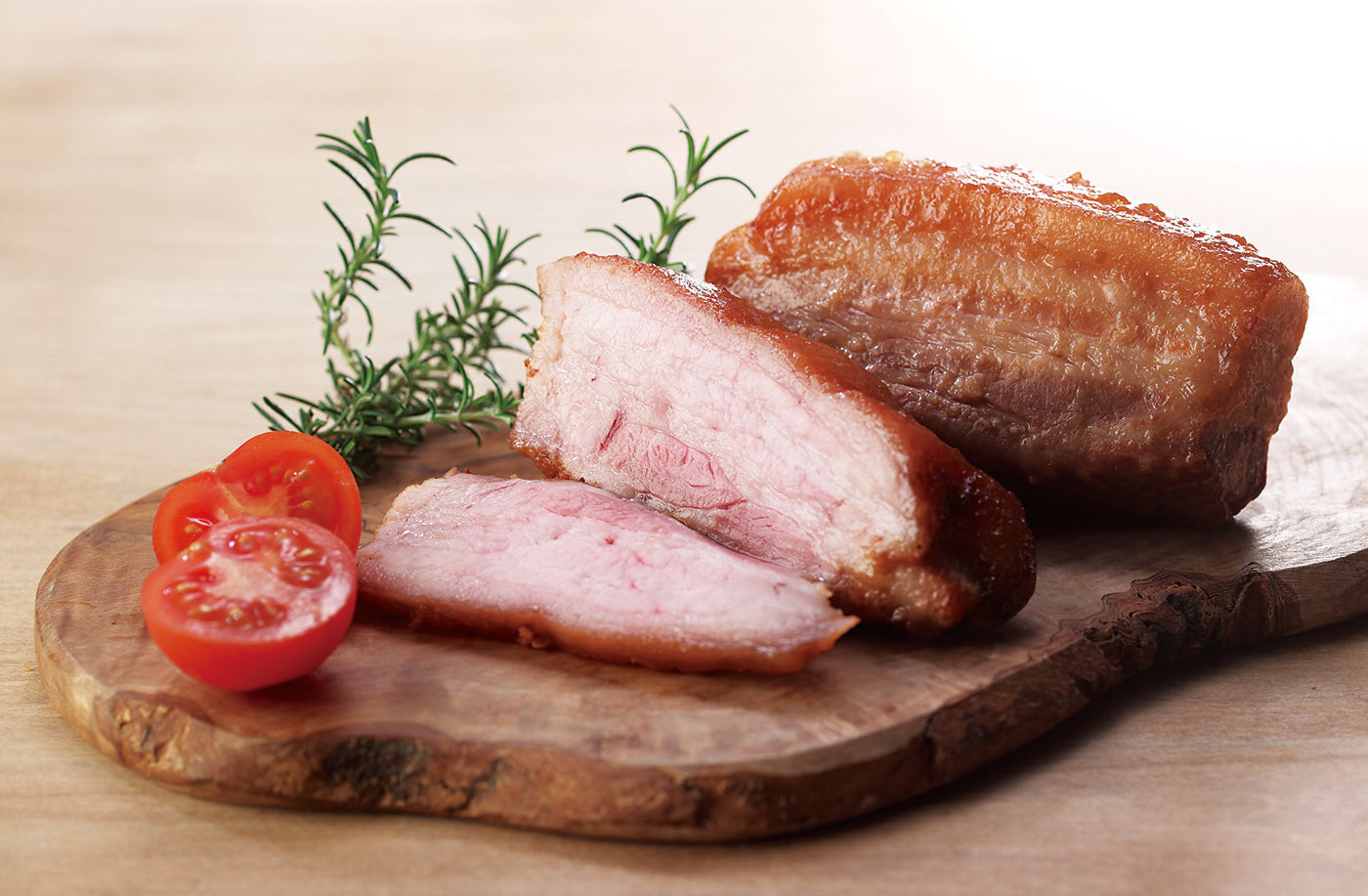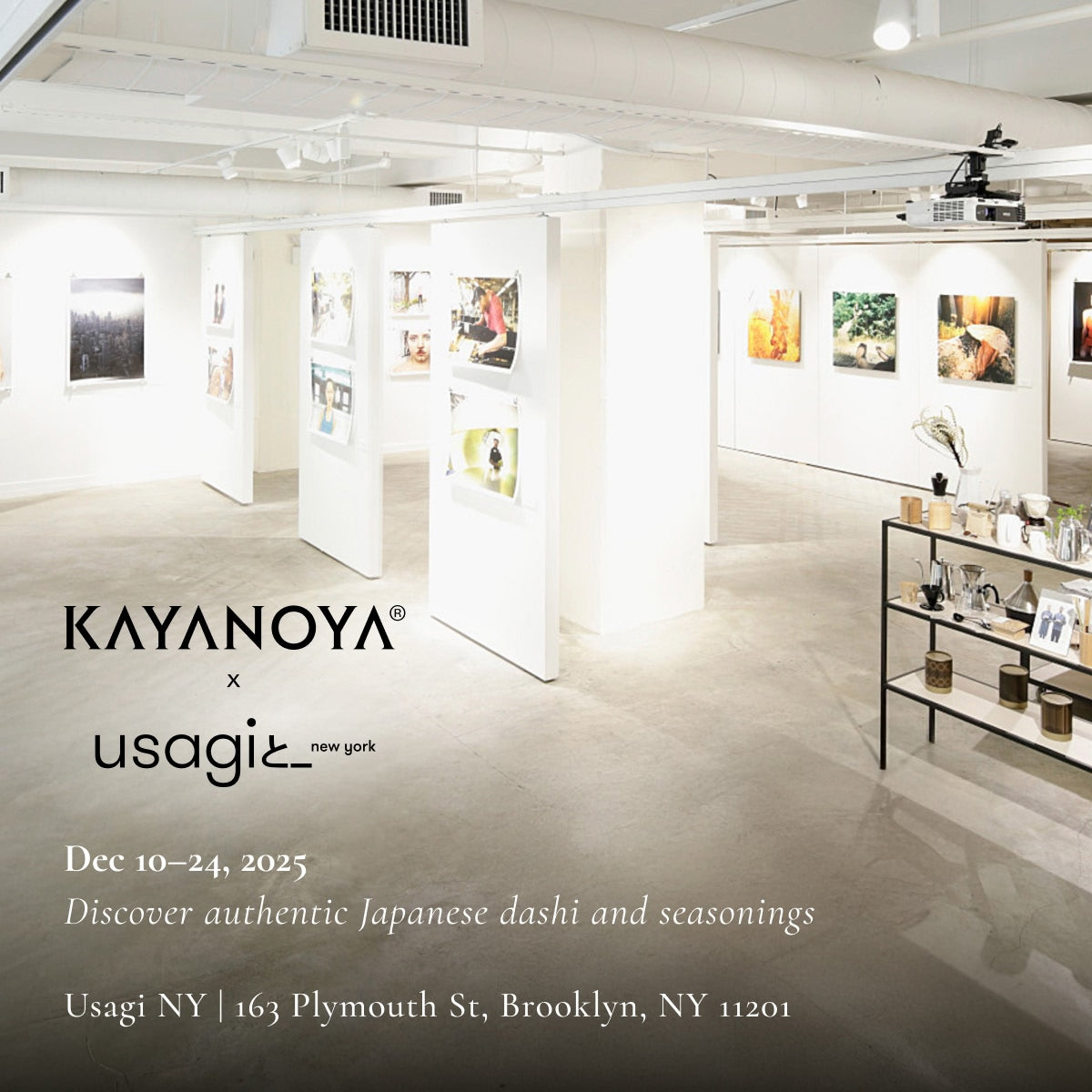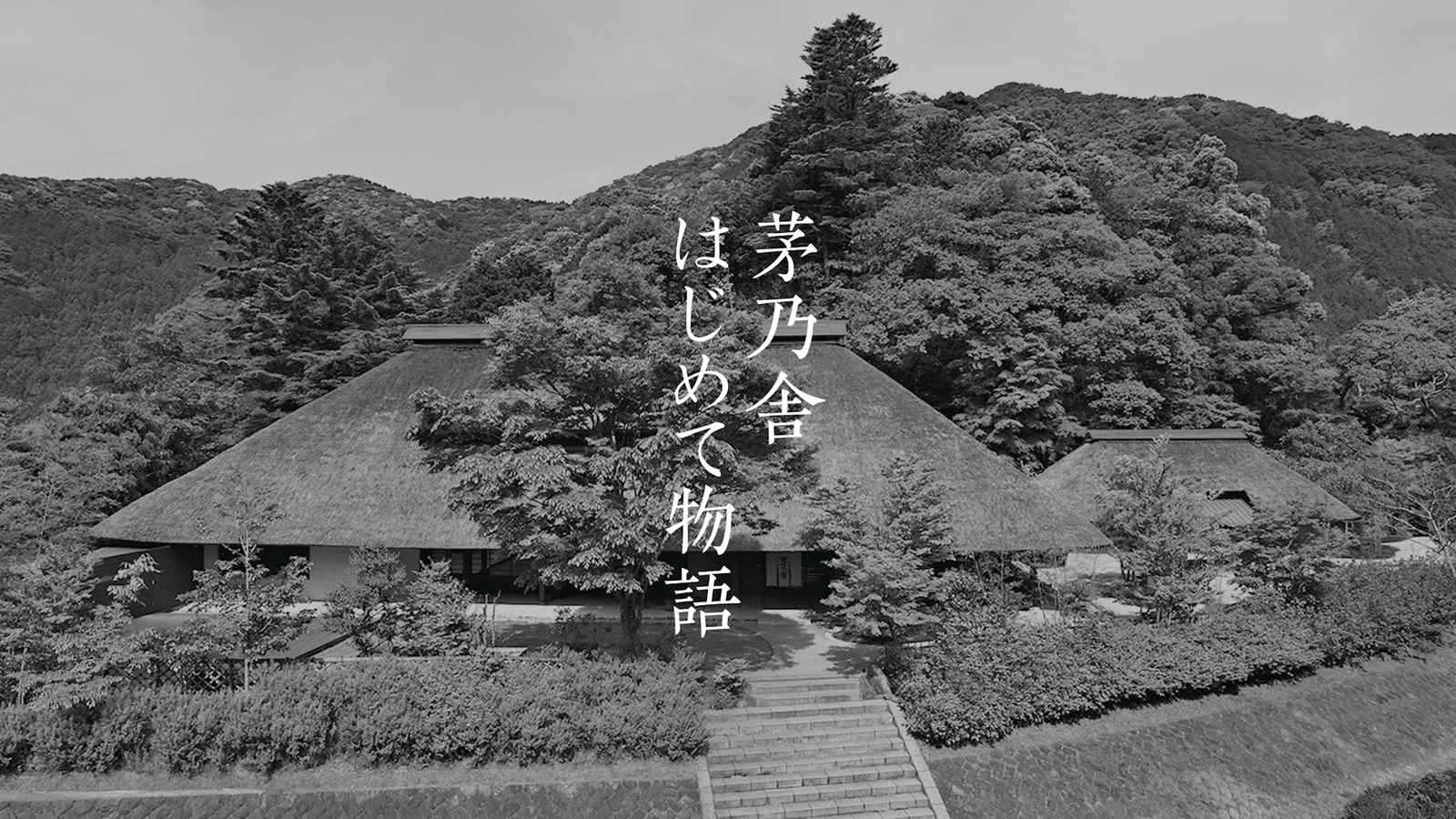Hello, everyone.
Today, I’d like to share a side of Kayanoya that has rarely been told. It might be a bit of a long story, but I hope you’ll stay with me.
Oh, who am I? My name is Tome Fukurokoji, and I’m a writer.
Through a fortunate connection, I have been given the opportunity to write the story of Kayanoya.
The home of Kayanoya Dashi was in an area on the outskirts of Fukuoka City, known for its fireflies.

Our story begins in Ino, Hisayama Town, about a 40-minute drive from central Fukuoka in Kyushu. This area is known for its fireflies, and from late May to early June, crowds of people come to admire them.

Several decades ago, a young man named Tetsuji Kawabe, enjoying his student life to the fullest, was among those visitors. He would later become the founder of Kayanoya and the head of its parent company, Kubara Honke. But back then, he was just a student — uncertain of his place in the world, with youth as his only asset.
As Kawabe chased fireflies along the stream, his eyes were drawn to an old, crumbling building across the water. He didn’t quite know why, but something about it struck a chord. This place could be interesting to do something with, he thought. It was only a fleeting thought, and soon it faded from memory.
It all began with a small soy sauce maker.

Kawabe’s father was the third-generation owner of a small soy sauce maker founded in Fukuoka in 1893. As a child, Kawabe, the future fourth-generation owner, would often say, I’m never going to take over the business. Yet after graduating from university, he was persuaded by his father to join.
At the time, soy sauce was typically delivered directly to customers. Kawabe wore an apron and spent his days driving a truck from one delivery to the next. Many days were tough, and he envied his friends who strode about in suits and ties. Still, for some reason, he found himself interested in the business side of things.

A thatched-roof restaurant in the mountains—now that could be interesting.
 Kawabe’s mother’s family had run a sake brewery since 1717. One day, he visited when they were rethatching the roof of the family’s thatched house. He was deeply impressed. This is incredible.
Kawabe’s mother’s family had run a sake brewery since 1717. One day, he visited when they were rethatching the roof of the family’s thatched house. He was deeply impressed. This is incredible.
The craftsmen doing the work were from Hita, Oita Prefecture. Kawabe had thought that skilled thatchers could only be found in places like Shirakawa-go in Gifu or Miyama in Kyoto, but here they were in Kyushu. He began to think: If I openeda thatched-roof restaurant, people might love it. The urge to make it happen grew stronger.

Slow food? He went all the way to Italy.

Around that time, Kawabe had the chance to travel to Italy. While there, he told acquaintances and their friends—who were studying in Italy—that, as a long-standing soy sauce maker, he wanted to cherish traditional ingredients and manufacturing methods. They replied, That’s slow food, isn’t it? It was an eye-opening moment for Kawabe. The slow food movement, put simply, is about reexamining traditional food culture and deepening our engagement with food. More simply still, it’s about preserving traditional ingredients and dishes that are disappearing.

Kawabe thought that if they started with ingredients themselves, it would align even better with the slow food spirit. After returning to Japan, he immediately created the Slow Foods Division, specializing in agriculture (the current agricultural company Biden).
None of them had experience in farming, so they learned directly from local farmers—step by step. They cultivated vegetables in the fields and used them to create seasonings and pickles the traditional way, taking on many new challenges.

